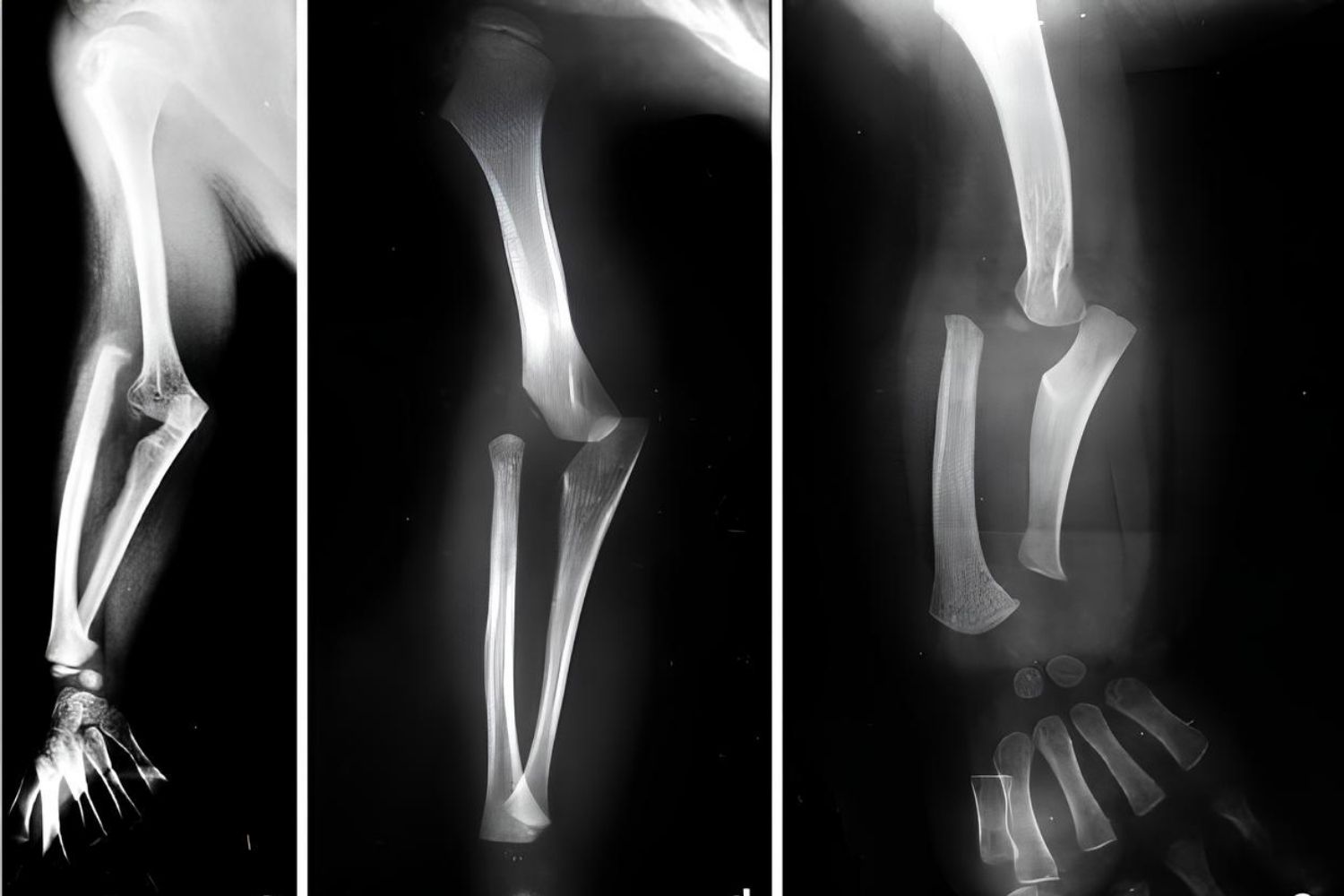
Micromelic Dysplasia Dislocation of Radius is a rare genetic disorder that affects bone development, leading to short limbs and joint dislocations. But what exactly is micromelic dysplasia? It's a condition where bones, particularly in the arms and legs, are shorter than normal. The dislocation of the radius refers to the misalignment of one of the two bones in the forearm. This can cause limited movement and pain. Understanding this condition is crucial for early diagnosis and treatment. In this blog post, we'll explore 25 intriguing facts about micromelic dysplasia dislocation of the radius, shedding light on its causes, symptoms, and management. Get ready to learn something new!
Key Takeaways:
- Micromelic dysplasia dislocation of radius causes short limbs and bone dislocation. Treatment involves surgery, therapy, and family support for a fulfilling life.
- Individuals with micromelic dysplasia dislocation of radius may need adapted activities, educational support, and community resources for daily living and well-being.
Understanding Micromelic Dysplasia Dislocation Of Radius
Micromelic dysplasia dislocation of radius is a rare genetic disorder affecting bone development. This condition can lead to various physical abnormalities and challenges. Here are some intriguing facts about this condition.
-
Micromelic Dysplasia is characterized by short limbs, particularly affecting the radius bone in the forearm.
-
Genetic Mutation: This condition is often caused by mutations in specific genes responsible for bone growth and development.
-
Autosomal Recessive Inheritance: It typically follows an autosomal recessive inheritance pattern, meaning both parents must carry the mutated gene.
-
Early Diagnosis: Symptoms can be detected through prenatal imaging or shortly after birth.
-
Physical Appearance: Individuals often have disproportionately short arms and legs compared to their torso.
-
Joint Dislocation: The radius bone may be dislocated, leading to limited arm movement and function.
-
Growth Delays: Children with this condition may experience delayed growth and development.
-
Facial Features: Some affected individuals may have distinctive facial features, including a prominent forehead and a flat nasal bridge.
-
Bone Fragility: Bones may be more fragile and prone to fractures.
-
Skeletal Abnormalities: Other skeletal abnormalities, such as scoliosis or kyphosis, can also be present.
Medical Management and Treatment
Managing micromelic dysplasia dislocation of radius involves a multidisciplinary approach. Here are some key aspects of medical management.
-
Orthopedic Interventions: Surgery may be required to correct bone deformities and improve limb function.
-
Physical Therapy: Regular physical therapy can help maintain mobility and strengthen muscles.
-
Pain Management: Pain relief strategies, including medications and physical therapy, are essential for improving quality of life.
-
Growth Hormone Therapy: In some cases, growth hormone therapy may be considered to promote bone growth.
-
Assistive Devices: Braces, splints, or other assistive devices can aid in daily activities.
-
Regular Monitoring: Ongoing medical monitoring is crucial to address any emerging complications.
Living with Micromelic Dysplasia Dislocation Of Radius
Living with this condition presents unique challenges. Here are some insights into daily life and support.
-
Adapted Activities: Individuals may need to adapt daily activities to accommodate physical limitations.
-
Educational Support: Special education services can help children succeed academically.
-
Social Support: Support groups and counseling can provide emotional and social support for affected individuals and their families.
-
Occupational Therapy: Occupational therapy can assist with developing skills for independent living.
-
Nutritional Guidance: Proper nutrition is essential for overall health and bone strength.
-
Mental Health: Addressing mental health is important, as living with a chronic condition can be challenging.
-
Family Involvement: Family support plays a crucial role in managing the condition and improving quality of life.
-
Community Resources: Access to community resources and services can enhance daily living.
-
Advocacy: Advocacy for individuals with rare genetic disorders can help raise awareness and improve access to care.
Final Thoughts on Micromelic Dysplasia
Micromelic dysplasia, a rare genetic disorder, affects bone growth, leading to short limbs and other skeletal abnormalities. Understanding this condition helps in early diagnosis and better management. Genetic counseling can provide families with crucial information about the disorder's inheritance patterns and potential risks for future pregnancies.
Medical advancements have improved the quality of life for those with micromelic dysplasia. Early intervention, physical therapy, and sometimes surgical procedures can address some of the physical challenges. Support groups and online communities offer emotional support and practical advice for families navigating this journey.
Awareness and education about micromelic dysplasia are essential. By spreading knowledge, we can foster a more inclusive society that understands and supports individuals with this condition. Let's continue to learn and share information, ensuring that everyone affected by micromelic dysplasia receives the care and understanding they deserve.
Frequently Asked Questions
Was this page helpful?
Our commitment to delivering trustworthy and engaging content is at the heart of what we do. Each fact on our site is contributed by real users like you, bringing a wealth of diverse insights and information. To ensure the highest standards of accuracy and reliability, our dedicated editors meticulously review each submission. This process guarantees that the facts we share are not only fascinating but also credible. Trust in our commitment to quality and authenticity as you explore and learn with us.
